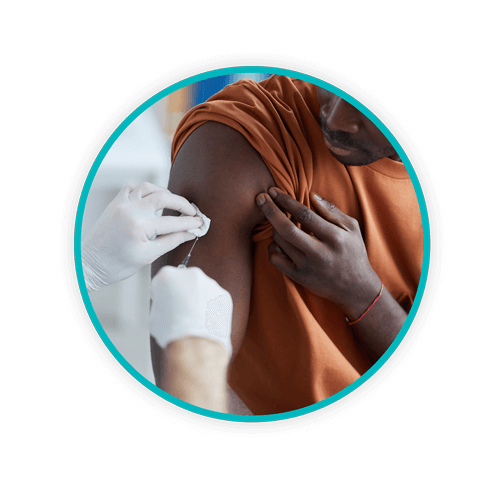Together.
Reducing Needlestick Injuries 
In 2015 EXPO-STOP, the largest sharps exposure survey in the United States, conducted research on 182 hospitals from 38 states. The results showed:
- Approximately 1,000 healthcare workers sustain a sharps injury DAILY
- 40% of reported sharps injuries were sustained by nurses, 35% doctors; and 2-4% were environmental services staff
- Of EVS staff, the two main causes were (I) handling sharps containers (ii) improper disposal of sharps
-
Surgical sharps injuries represented 38% of all sharps injuries reported
Serving healthcare for over 30 years, we are very cognizant that an issue as big as this is not solved by putting forward a single remedy in isolation. A sharps container, no matter how safe, cannot eliminate the issue of needlestick injuries single handedly; albeit vital, it is a single piece of a much bigger strategy. Industry reporting of NI, sharps container placement, staff training, SED use and other preventative strategies all form part of the collective need of safeguarding healthcare workers from sharps injuries.
"My injury didn't occur because I was careless or distracted or not paying attention to what I was doing. This injury and the life-threatening consequences I am now suffering should not have happened."
Karen Daley - former president of the American Nurses Association
Karen Daley's story is sadly not a "needle in a haystack" occurance; her story is felt by healthcare practitioners around the globe. Eliminating sharps injuries relies on many factors – safer devices, safer sharps containers, leadership focus and safety process adoption. However overall, as an industry and as a group of people committed to improving safety for healthcare workers, it requires a collaborative effort ensure that everyone; healthcare practitioners, EVS staff and patients, get home safely at the end of the day. To support our healthcare partners in the execution of their needlestick injury aversion strategies, we have put together this library of resources to help support in driving much needed awareness and training around the safe handling of sharps.

























